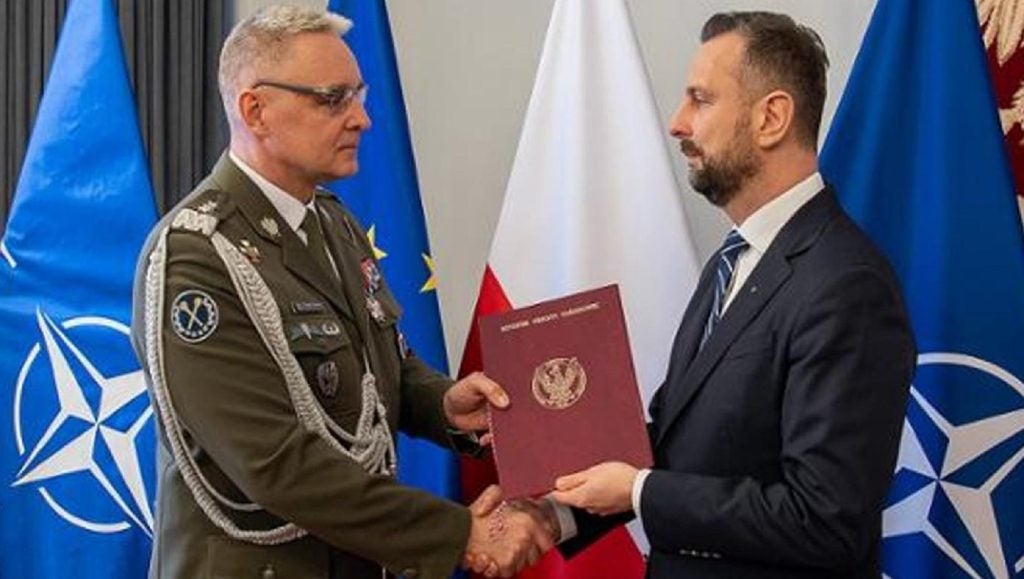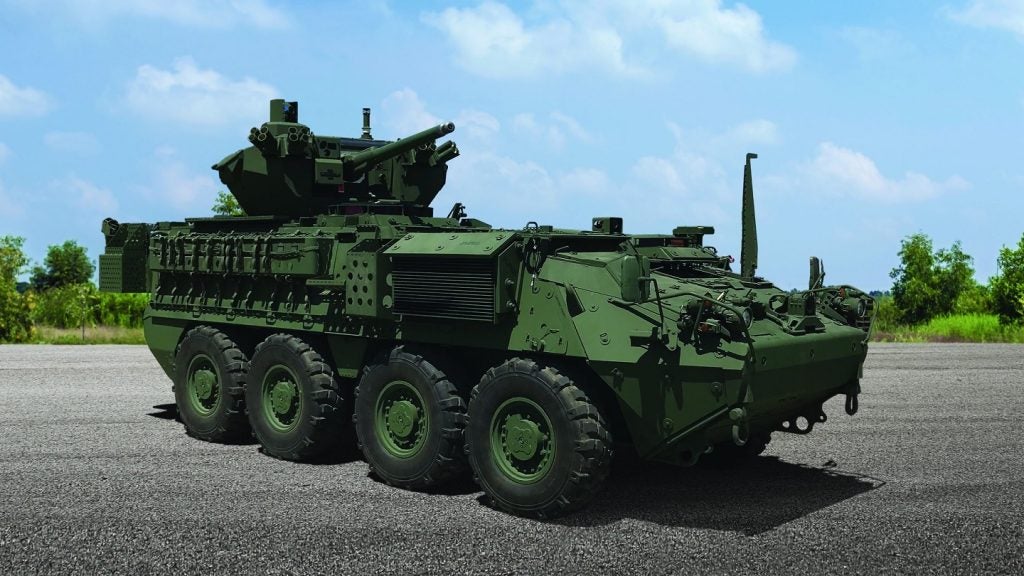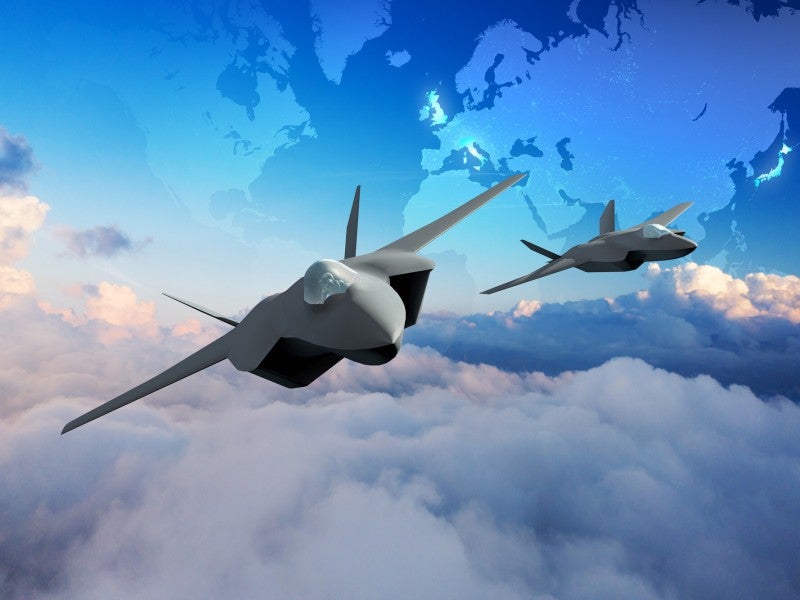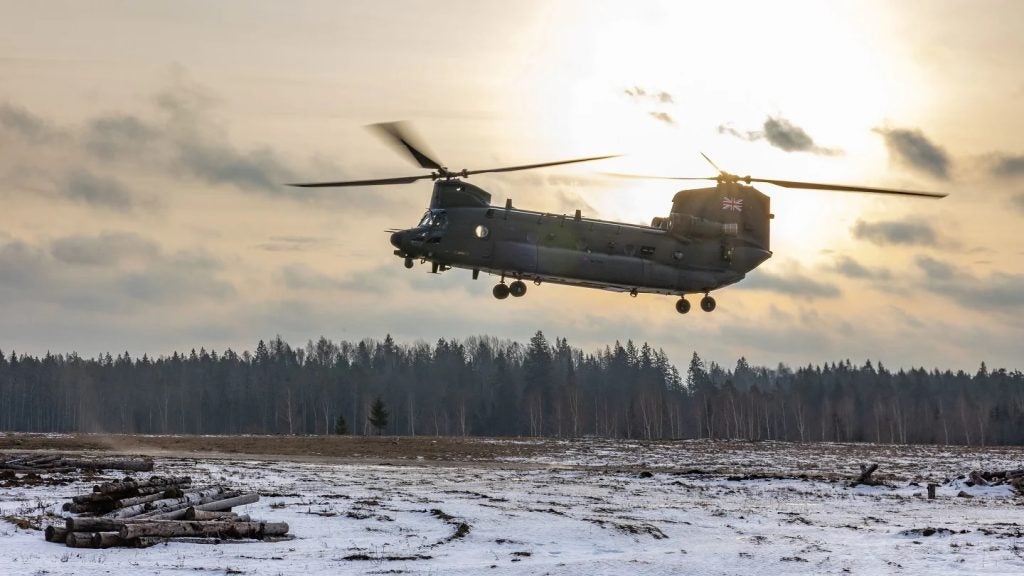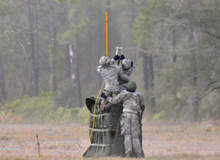
The 3rd Infantry Division’s 1st Brigade Combat Team (1st BCT) has a proud tradition of military firsts. They were the first unit to fight their way into Baghdad in 2003, the first brigade to tour Iraq three times and in October 2008 they became the first US Army regiment to be employed solely for the purpose of homeland security.
Sick of the devastation caused by events such as 9/11 and Hurricane Katrina, Congress had been pushing for a closer alliance between defence and homeland security for years and in October they got their wish with the creation of the CCMRF (CBRNE (chemical, biological, radiological, nuclear or high-yield explosive) Consequence Management Response Force), alternatively known as the Sea Smurfs.
The Sea Smurfs are made up of three response units – task force operations, aviation and medical, whose mission is to respond to large-scale CBRNE incidents that happen within US borders.
Different brigades will be enlisted to join the Sea Smurfs force throughout its lifespan but the first, whose job is to look after task force operations, is the 1st BCT, under the command of Colonel Roger Cloutier. Here, he talks exclusively to army-technology.com about his team’s first six months on the job.
Paul French: How does it feel to be the first regiment of the US Army to be employed in this new homeland security role?
See Also:
Roger Cloutier: My soldiers are extremely proud and motivated. They’ve stood in the gap and fought for freedom overseas and now they’re doing the same thing at home.
How well do you really know your competitors?
Access the most comprehensive Company Profiles on the market, powered by GlobalData. Save hours of research. Gain competitive edge.

Thank you!
Your download email will arrive shortly
Not ready to buy yet? Download a free sample
We are confident about the unique quality of our Company Profiles. However, we want you to make the most beneficial decision for your business, so we offer a free sample that you can download by submitting the below form
By GlobalDataMost of them have family members here and see it as an honour that they could be called upon to protect them and all US citizens.
PF: Why was the 1st BCT chosen for this role?
RC: Any army unit could do this job but it just so happened that because we were back from Iraq, our capabilities and the demands of the Sea Smurfs aligned and we were given the privilege of heading up task force operations.
The 1st BCT has a proud history of firsts, which is where our motto ‘Raiders First’ comes from. We were involved in the Alhambra Province and the surge into Baghdad. The whole 3rd infantry division has a proud heritage. We have 51 medal of honour winners. We were involved in World War I and II and Korea. This is a proud lineage and our soldiers feel that every time they wear the badge.
PF: Do you think having people such as yourselves deployed in this way can make the US a safer place?
RC: All I can say is that 24 hours a day, seven days a week, there will be soldiers standing by to help the US people and to respond to any situation. I think that is a positive step.
PF: What will your main roles and responsibilities be?
RC: As task force operations we are the primary ground component of the Sea Smurfs. We have a huge logistical capability, including trucks that can move supplies, water, food and even people. 4,000 soldiers with expertise in different areas – logistics, engineering, decontamination and biological weapons – can respond to any situation.
PF: How different is this new role to what you did Iraq?
RC: There are actually a lot of similarities between what we’re doing here and what we did in Iraq. Both operations involve small units on the ground working independently alongside other organisations.
In Iraq it was secular forces, governments and police. Here it might be state governments, the fire service and the police but our experiences in Iraq apply directly to the new role.
We have done some new training. We’ve learned how to use chainsaws to cut down trees and the ‘jaws of life’ to free people from vehicles but most of our army skills are transferable, as is most of our equipment.
We are learning to use some additional life-saving equipment but much of our heavy weaponry like tanks are being set aside for now.
PF: Are you worried that, after the adrenaline rush of being in a war zone, the soldiers will get bored of homeland security?
RC: Quite the opposite actually. Our soldiers have seen things in Iraq that a lot of people don’t. Those experiences have given them a stronger resolve and made them even more determined to save lives.
Being based in the US for a while is great for them because it means they get to watch the ball game and spend the weekends hanging out with their families.
People should be proud of these young men and women for doing this mission. They’ve risked their lives overseas and a lot of people would want to come back and put their feet up but these guys are standing in the gap again, putting their lives on the line to protect their country.
PF: There is some opposition to the Sea Smurfs from civil liberties groups who don’t think there should be uniformed soldiers on the streets of the US. What do you say to that?
RC: I don’t want to comment on specific concerns but I will say that 24 hours a day, seven days a week, these people are ready to protect the US people, but only in support of the lead federal agency and only when requested by a state’s legal government.
PF: Finally, what does the future hold for the Sea Smurfs and the 1st BCT?
RC: I can’t say whether the Sea Smurfs will grow to 20,000 by 2011 as has been suggested but I know that there are units detailed to relieve us when we finish.
As for the 1st BCT, we’re 100% focused on the Sea Smurfs at the moment. We’re always training and once we’re done here, we’ll go wherever we’re told to and we’ll be ready to do what we have to whether overseas or at home.



